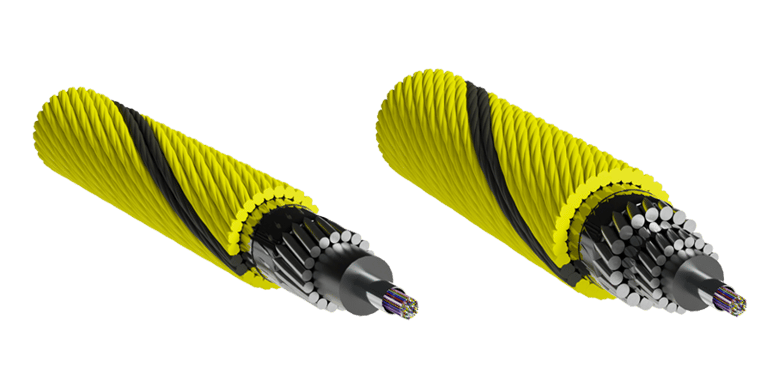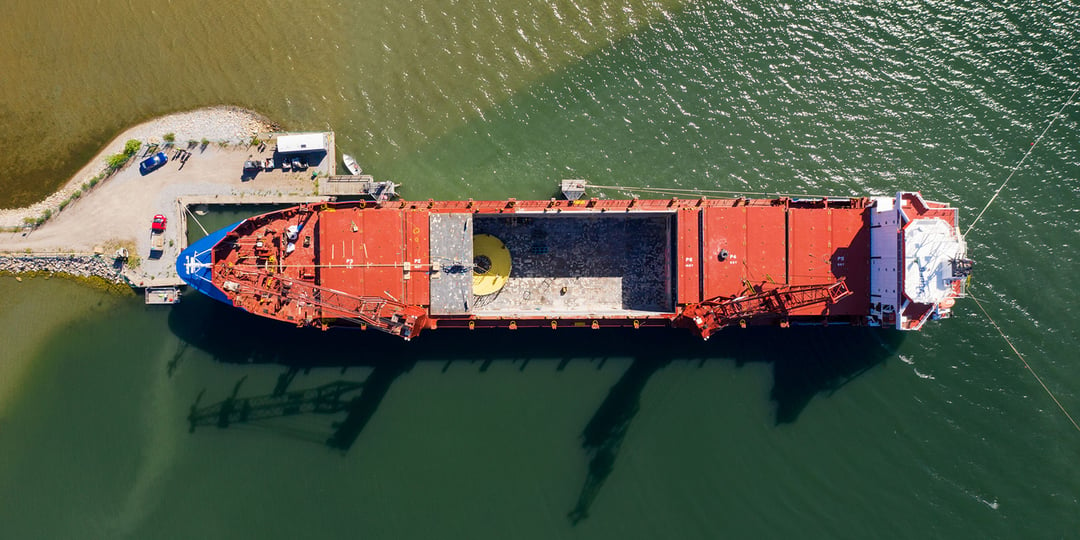What challenges does the subsea environment present, and why is the product design of submarine cables so crucial? This article will guide you to submarine cables suitable for different depths and distances from the shore.
In a time of global digitalization highly driven by increased demand for digital traffic and traffic between Data Centers worldwide, fiber optic transport networks have become increasingly important. Transport networks come in many forms, such as terrestrial or metropolitan networks. However, this article will focus on submarine networks consisting of cables laid in water, on or just beneath the seabed.
When are submarine cables used?
Submarine cables can be used for any underwater environment – across oceans, connecting islands to the mainland, and crossing rivers or harbors. Submarine cables may provide the shortest optical and most cost-effective route for connectivity or act as an alternative to altering valuable infrastructure on-land, with festoons built around islands or along coasts.
Challenges for submarine cables
The underwater environment can be demanding. Submarine cables must endure the seabed's harsh nature, water pressure, the risk of hydrogen contamination, tidal movement, and abrasion. Also, anchors and fishing gear may put the cable at risk. With the rapid build-out of submarine networks, the ideal landings and marine routes are getting increasingly crowded, leading to cable congestion and multiple crossings. Since cable maintenance and repairing cable faults are very complex and costly, high-quality cables and superior product design have become crucial for underwater projects.
A closer look at the cable design
Submarine cables work just like terrestrial fiber optic cables - the glass fiber at the heart carries data from point A to point B, while the outer part works primarily as protection.
For submarine cables, superior protection is essential since they must resist tensile forces during installation and external aggression, as well as water pressure and contamination. Submarine cables are therefore reinforced with FIMT (Fiber In Metallic Tube) technology, i.e. a hermetically sealed stainless steel tube surrounding the core fibers. Inside this tube, the fibers can move freely.
The steel tube is protected by a polyethylene sheath and one or more layers of galvanized steel wires. Lastly, the steel wires are flooded with bitumen and wrapped in yarn. The number of armoring layers depends on the amount of protection required and gives the cable types Single Armor, Double Armor, and so on.
The suitable choice for different depths and distances from the shore
Contrary to what you might think, cables in shallow waters close to the shore need the most protection. The waters close to the land are subject to the most traffic and can be damaged by fishing gear, anchors, dredging, etc. In these shallow waters under 500 meters depth, a Double Armored Submarine Cable is the best option.
Cables laid further out from the beach, at depths over 500 meters, on the other hand, generally need less protection. Here, the Single Armor Submarine Cable would be the most cost-effective choice. The cable can still suffer from abrasion when it becomes worn away, often on rocks and slopes or in a harsh seabed environment with a lot of tidal movement. The single layer of armor will help protect it.

Conclusion
To conclude, use Double Armor Submarine Cable in the shallow waters close to the coast where external aggression is most likely, typically from the beach down to a depth of around 500 meters. As the system heads out to sea, choose a Single Armor Submarine Cable to withstand abrasion.
Are you interested in a partner with extensive experience in submarine cabling? At Hexatronic, we pride ourselves on designing and manufacturing all our submarine cables to the highest standards. Don't hesitate to contact our experts for flexible submarine solutions tailored to your project.


